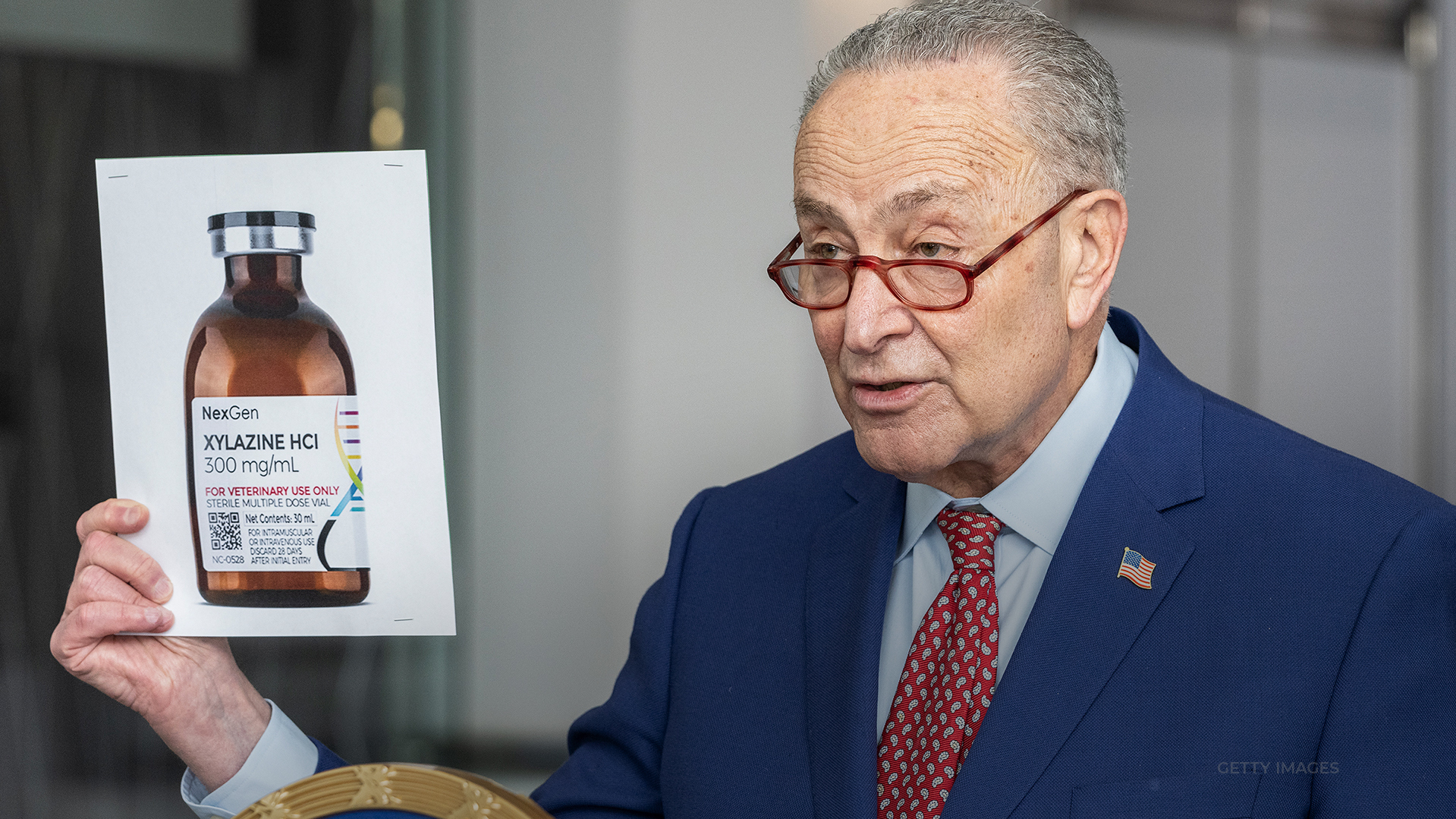
The DEA, FDA and even members of congress are sounding the alarm about an animal tranquilizer that’s being laced into fentanyl. It’s called Xylazine and the DEA Administrator says it’s making fentanyl, the deadliest drug threat our country has ever faced, even deadlier.
Fentanyl is a synthetic opioid. But xylazine is not an opioid, so naloxone or Narcan does not reverse its effects in the case of an overdose. Xylazine is FDA approved for veterinary use. It’s a sedative and anesthetic for animals like horses and cows.
Schumer: “It’s a deadly skin rotting, zombie drug that’s bringing a horrific wave of overdoses across the country and it’s spreading further.”
As Senator Schumer mentioned, one of the side effects of xylazine is necrosis, or the rotting of human flesh. That can lead to amputations.
Now, there’s a bipartisan effort in Congress to get xylazine listed as a schedule three drug, for illicit human use. But many lawmakers have constituents who are ranchers and cattlemen that use it to treat their animals, so they’re being careful to write the new law in a way that does not impact bona fide veterinary use.
Schumer: “When a new drug rears its ugly head, if you don’t nip it in the bud it gets its tentacles deep in our society and it takes sometimes decades for it to go away.”
The Department of Homeland Security is also working to better trace the chemical makeup of the drug, so when it’s trafficked across the southern border, CBP can identify it at ports of entry.
Alejandro Mayorkas: “We dedicate chemists, individuals with expertise and the requisite equipment to be stationed at the port of entry so we can actually identify with specificity and certainty the precise chemicals that are being trafficked through the port of entry So we can actually refer for prosecution immediately.”
Currently, routine toxicology screenings do not detect xylazine. They still need to be developed. Straight from DC, I’m Ray Bogan.






